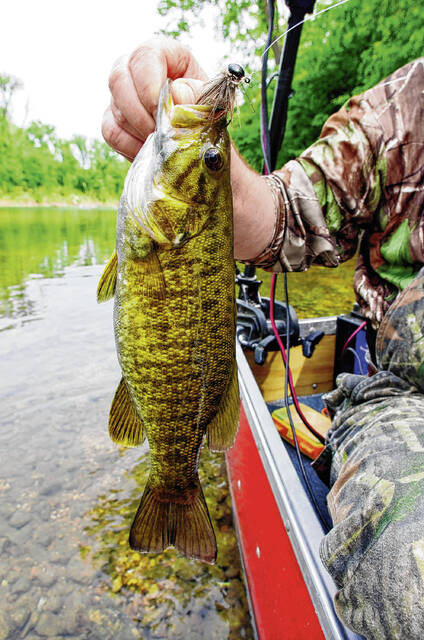The Yellowstone River is the longest undammed river in the United States. It originates at 12,800 feet above sea level in the Absaroka Mountains of Wyoming, flows north into Montana, turns east at Livingston, and by the time it reaches the Missouri River in the plains of western North Dakota, the river has descended 11,000 feet to a mere 1,800 above sea level.
The biodiversity of the Upper Yellowstone River is drastically different than that of the lower regions. But as our climate changes, species are finding new homes.
The Upper Yellowstone River is where romantic visions of trout fishing begin. Standing knee deep amongst boulders as old as time with crystal clear water rushing around your legs, while caddis and other flying insects fill the sky just above your head. You match the hatch by presenting dry flies to feeding fish. The looming peaks of ragged mountains cast shadows across the valley floor. At any moment a moose may saunter by, a wolf may howl, an elk could bugle or a grizzly bear’s unexpected presence may end your peaceful tranquility.
Travel a couple of hundred miles downstream to the Billings, Montana area and the river looks very different. It’s still beautiful. Incredibly so. However, it is much larger and the water temperature has warmed beyond the point of being habitable for trout. Smallmouth bass, sauger and catfish are the primary sport fish species. Instead of standing below looming mountain peaks, you motor in jet boats past oil refineries. Instead of elk bugling or wolves howling, you hear train whistles and big rigs on the interstate. It’s quite a different world from the utopian park that shares its name.
As good as the trout fishing is in the Upper Yellowstone, the smallmouth fishing from Billings to the confluence also is pretty great. You can cast a lure to smallmouth from a boat in front of Pompey’s Pillar, where Captain William Clark carved his name in stone on July 25, 1806 during the Lewis and Clark expedition. The region is steeped with history and offers sportsmen opportunities vastly different from those just a one-hour drive west.
Unfortunately, though, that might be changing.
Montana Fish, Wildlife and Parks (FWP) recently announced an angler caught a smallmouth bass on Feb. 19 while fishing on the Gardner River at its confluence with the Yellowstone River, just outside of Yellowstone National Park.
In a press release, FWP reported that anglers have previously caught smallmouth bass in two locations on the upper Yellowstone River in the past seven years: Two smallmouth bass were caught at the Highway 89 bridge downstream of Livingston, and one near Emigrant. One smallmouth bass has also been found in the Shields River, a Yellowstone tributary to the east of Livingston.
Smallmouth bass are predators. Many call them, pound-for-pound, the hardest fighting fish in freshwater. I’ve always dreamed of having a fish tank like those you see at Bass Pro Shops. So when I was in college, I kept a little smallmouth bass out of a creek in Lafayette in an aquarium. I named him Walter, after the fish in the movie “On Golden Pond.” I tried time and again to add fish to the tank, but Walter wasn’t having it. He killed any friend I tried to give him.
When I graduated, I released him back into the creek at the exact spot I caught. Can you imagine the stories he had to tell?
Because of the nature of the smallmouth, and the fact they are not native to the Upper Yellowstone, there is serious concern about the species being found there. Protecting the native Yellowstone cutthroat trout is a key conservation concern of the FWP, as well as many other agencies and organizations. An influx of Walters could do serious damage to the cutthroat population.
FWP did report that they have not found and smallmouth bass during yearly sampling efforts in the upper Yellowstone River. But they do ask — and boy, this will hurt the soul of serious smallmouth anglers — that “until any proposed rules can be implemented, anglers are asked to voluntarily kill, remove and document any smallmouth bass caught in the Yellowstone River and its tributaries between the Springdale Fishing Access Site east of Livingston upstream to the Yellowstone National Park boundary and provide them to FWP for testing.”
As climate changes all around us, species of plants and animals are going to react in ways we cannot control. Smallmouth bass existing in the headwaters of the Yellowstone River is just one example of the changes coming. The future is going to be quite different from today.
See you down the trail …





